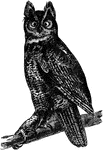
Great Horned Owl
"Bubo virginianus. Great Horned Owl. Hoot Owl. Cat Owl. Distinguished by its large size and conspicuous…

Hawk Owl
The Hawk owl is about 15 inches long and feeds on rabbits, rats, mice, reptiles and birds, (Figuier,…
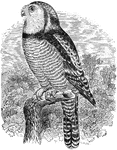
Hawk Owl
"Surnia funerea. American Hawk Owl. Day Owl. Bill and eyes yellow; claws brownish-black. Upper parts…
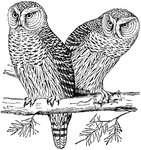
The Hawk or Canada Owl
"The Hawk-Owl is especially well known in Canada. This bird goes as far south as Louisiana."
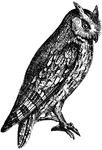
Scops-Eared Owl
The scops-eared owl is diminutive in size, not exceeding that of the thrush, (Figuier, 1869).

Scops-Eared Owl
The scops-eared owl is diminutive in size, not exceeding that of the thrush, (Figuier, 1869).
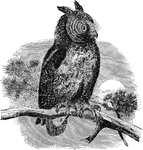
Screech Owl
Scops. Little Horned Owls. Screech Owls. Like the miniature Bubo in form (all our species under a foot…
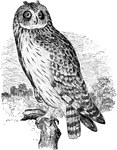
Short-eared Owl
"Asio accipitrinus. Short-eared Owl. Marsh Owl. Ear-tufts inconspicuous, much shorter than middle toe…
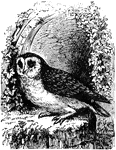
Small Barn Owls
"Aluco flammeus pratincola. Barn Owl. above, including upper surfaces of wings and tail, tawny, fulvous,…
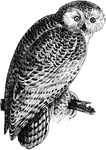
Snowy Owl
"Nyctea scandiaca. Snowy Owl. Pure white, spotted and barred with brownish-black markings, wholly indeterminate…
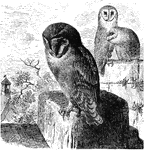
Barn Owls
"Aluco flammeus pratincola. Barn Owl. above, including upper surfaces of wings and tail, tawny, fulvous,…
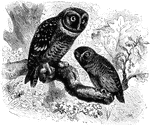
Saw-whet and Sparrow Owls
"Nyctala - Saw-whet Owls. Skull and ear-parts highly unsymmetrical, the the latter of great size, and…
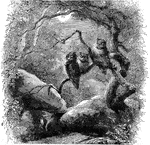
Screech Owls
"Scops. Little Horned Owls. Screech Owls. Like the miniature Bubo in form (all our species under a foot…
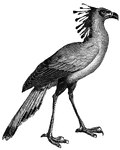
Secretary Bird
The origin of the name for the secretary bird is an allusion to the custom that clerks had of placing…
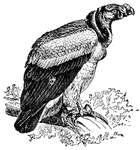
Vulture
In vultures, the head and neck are bare, the beak is long and curved at the tip, legs are powerful,…

Black Vulture
"Catharista atrata. Black Vulture. Carrion Crow. Adult: Entire plumage, including skin of head, and…
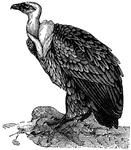
The Fulvous Vulture
"When pressed by hunger it shows no fear in attacking live animals, which makes it dreaded by the shepherds…

King Vulture (Sarcorhamphus Papa)
"The King-vulture is distinguished from the condor by the collar-ruff which surrounds the neck being…

Vultures
A group of vultures, three on the ground, eat their prey. Several vultures are approaching those already…



